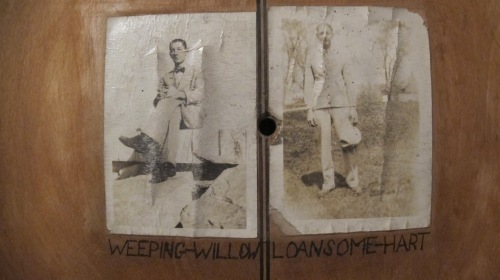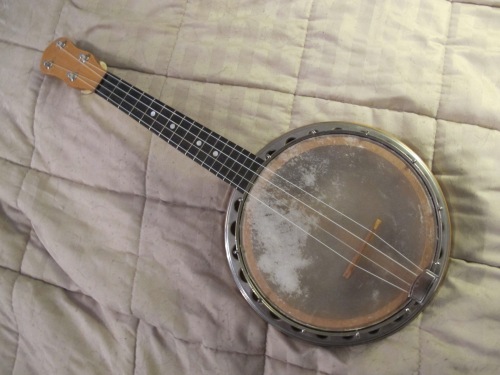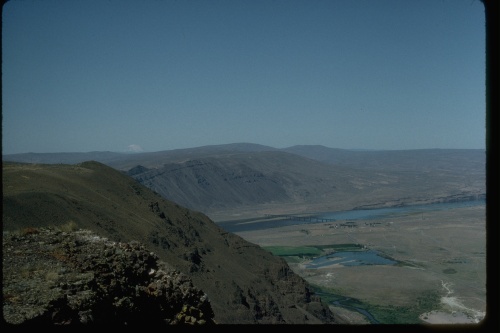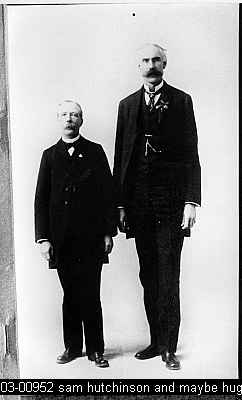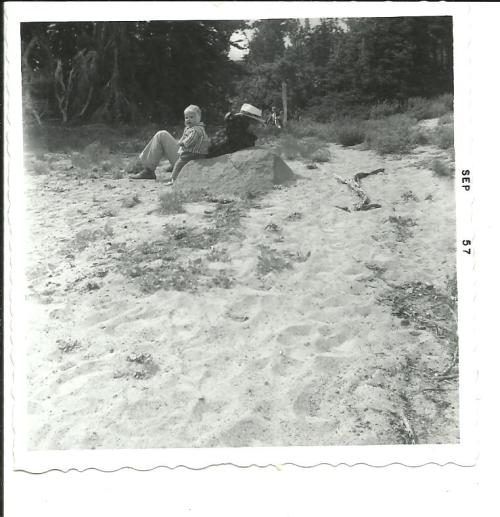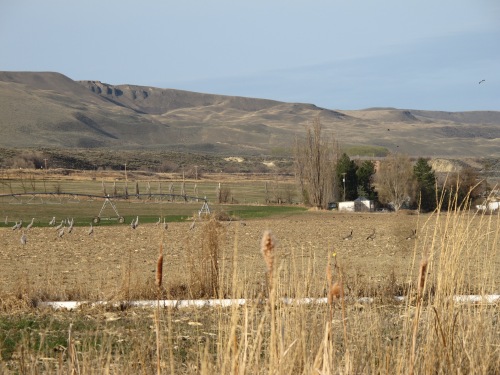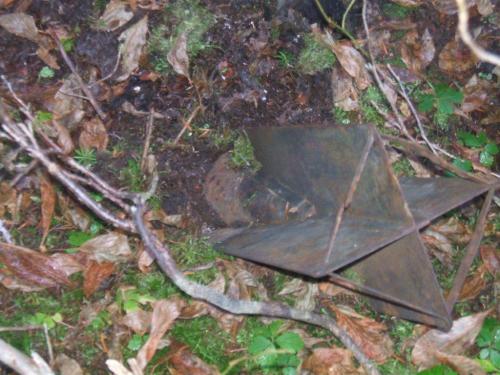
The tail of an unexploded Japanese balloon bomb protrudes above the mossy forest floor near Lumby, British Columbia. This photograph is courtesy of Infonews.ca, which published a story about the bomb on October 10, 2014.
On November 3, 1944, the Imperial Japanese Army attacked North America, and they did it from three Honshu beachheads. It was on that date that the first of some 9,000 balloons, fitted with incendiary and high explosive bombs on a three-day timer, were lofted into the recently-discovered jet stream. The innovative form of aggression spread dangerous explosives across a huge swath of North American territory, from Alaska to Mexico, from the Pacific Coast to Detroit, Michigan. Fewer than 250 of these balloons have been accounted for, although an estimated 1,ooo balloons may have made it across the Pacific. While most of the 9,000 probably failed to reach American shores, those that made the crossing and went undiscovered might still pose risks to the unsuspecting.
Foresters working near Lumby, British Columbia, made the most recent discovery of unexploded Japanese bombs in October of last year. Hikers and people who work in wild places should be wary of undiscovered explosives from these balloons.
When Japanese balloon bombs, known as Fu-Go to their makers, first began to arrive in America, authorities mistakenly thought that the devices were being launched from submarines surfacing near our coasts or that they had been built in Prisoner-of-War camps along the coast. Continue reading →
Posted in Balloons, Conflicts, Education, Geology, Hanford, Hanford Atomic Energy Reservation, History, Japan, Washington, World War II
Tagged Alaska, Archie Mitchell, Asotin, Atom Bomb, Ballast, Balloon envelopes, Balloons, Biological Warfare, Bly, Bombs, Bonneville Dam, British Columbia, California, Canada, Central Washington, Cold Creek, Debris, Detroit, Diatoms, Eastern Washington, Education, Elsie Mitchell, Ephrata, Forams, Foresters, Fossils, Fu-Go, Geologists, Geology, Hanford Reservation, Hawaii, Hiking, Hill Williams, History, Honshu, Hydrogen, Imperial Japanese Army, Infonews.ca, Intelligence, Jet Stream, Lt. Col. Franklin Matthias, Lumby, Manhattan Project, Mexico, Michigan, Montana, Moxee, Mulberry, North America, Northwest Territories, Oregon, Pacific, Pacific Coast, Planes, Plutonium, Port Angeles, Prisoner-of-War, Prosser, Reactor, San Pedro, Sand, Satus Pass, Scientists, Second World War, Silk, Spokane, Submarines, Sunday School, Tokyo, Toppenish, Walla Walla, Washington, World War II, Wyoming, Yukon





